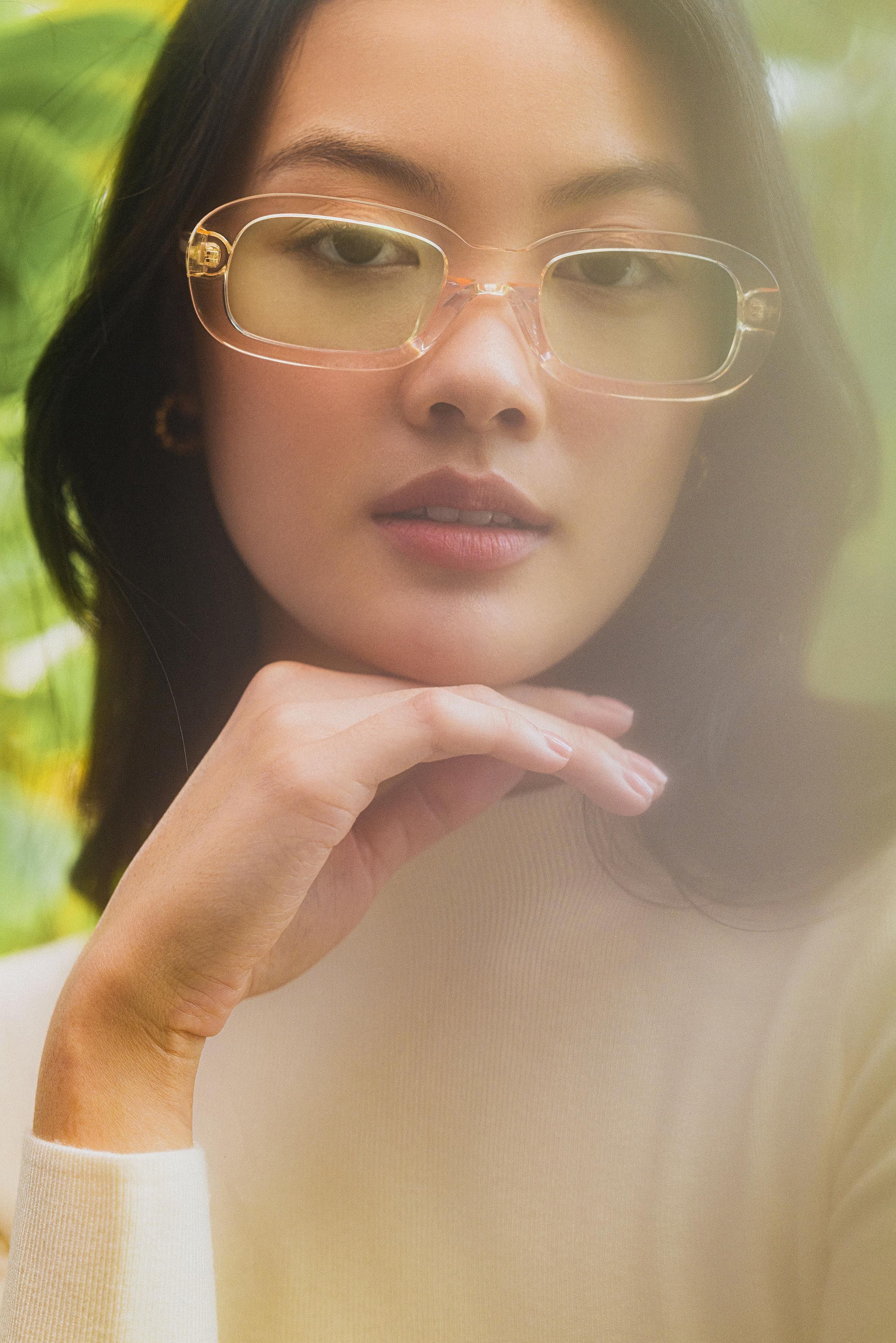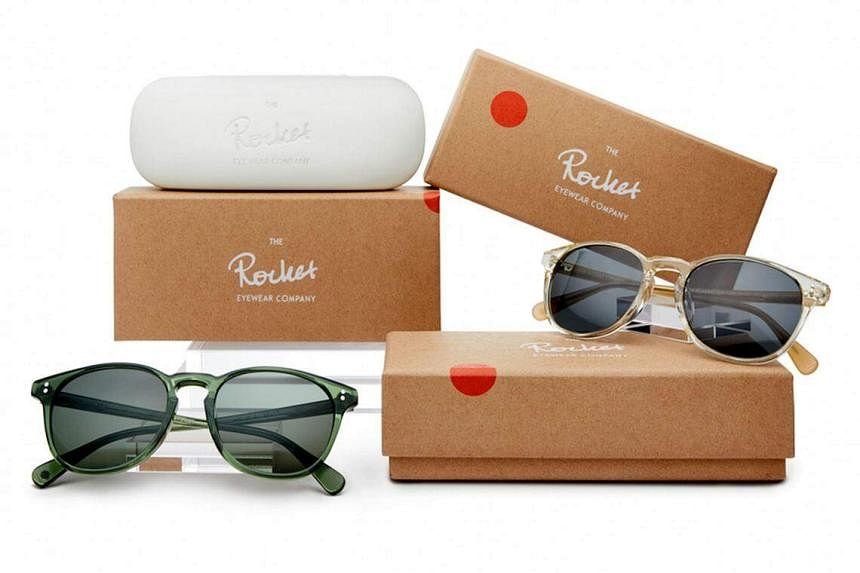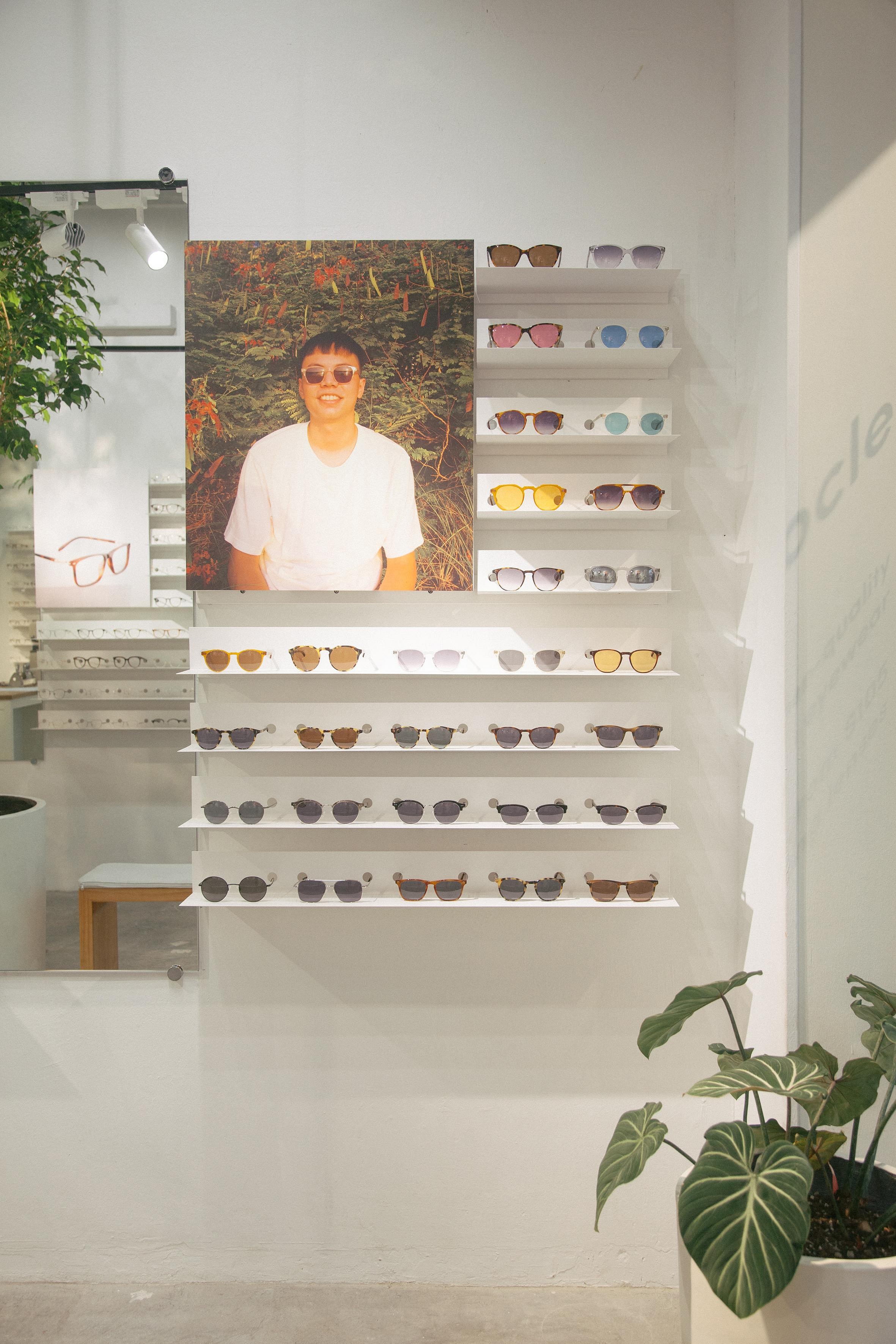SINGAPORE – The searing heat may have you slathering on more sunscreen than usual – but just like your skin, your eyes need proper protection against ultraviolet (UV) rays too.
According to local optometrists, eye care is an important part of healthcare that is often overlooked. Eyes are complex organs, says Mr John Tham, a lead optometrist at home-grown eyewear company O+, which manufactures optical glasses and sunglasses.
“In Singapore’s tropical climate, people may underestimate the sun’s strength and neglect proper eye protection. Singaporeans often wear sunglasses for fashion rather than for eye protection.”
Mr Ong En Ming, co-founder of local brand Rocket Eyewear, believes many here neglect to wear sunglasses due to inconvenience.
“Singaporeans love wearing sunglasses when travelling overseas, but rarely do so at home, which is ironic since Singapore is sunny all year round. We spend most of our time indoors, and don’t feel the need to wear sunglasses for the short walks to and from bus stops and MRT stations.”
Prolonged sun exposure can harm the eyes and increase the risk of cataracts, macular degeneration, and other eye conditions like pterygium (raised tissue on the conjunctiva that could encroach onto the cornea) and photokeratitis (sunburn of the cornea), and even cancer, Mr Tham adds.
“The harmful UV rays can damage sensitive eye tissues over time, causing vision problems and increasing the risk of eye diseases.”

Mr Mervin Pang, head optometrist at local eyewear brand Monocle, says good eyesight does not imply good eye health, as some eye conditions can remain asymptomatic and undetected until they reach the advanced stages.
“While these conditions are typically minor concerns, advanced stages of cataracts can cause blurred vision – because our eyes’ crystalline lens (the elliptical structure behind the iris) absorbs the UV radiation to protect our retina.
“Pterygium and pinguecula (abnormal, clear tissue growth on the conjunctiva) mainly affect the aesthetics of the eye, but in severe cases, can significantly affect vision and cause dry eyes.”
Mr Pang recommends that customers get a comprehensive eye test every two years, encompassing four essential checks: intraocular pressure (the fluid pressure of the eye), fundus photography (photographing the retina), slit lamp assessment (to check overall eye health) and prescription.
Aside from regular eye check-ups, Mr Tham suggests following the 20-20-20 rule – every 20 minutes, look at something 20 feet (6m) away for at least 20 seconds – to reduce eye strain.
The most straightforward way to practise good eye care is to seek shade and minimise sun exposure, say experts. Mr Tham advises wearing sunglasses outdoors, even on cloudy days.
Choosing sunglasses can be overwhelming because of the plethora of choices on the market. However, there are just a few simple factors to consider.
1. UV protection

Mr Tham’s advice is to look for labels indicating 100 per cent UV protection, UV400, or “blocks 100 per cent of UVA and UVB rays”. UV400 lenses block wavelengths of up to 400 nanometres – which are UV rays at the top end of the UV spectrum – thereby offering the highest form of protection for eyes.
“Fit is also important – ensure the lenses cover your eyes well and prevent light from entering from the sides or top,” he adds, noting that fit is particularly crucial for spectacle wearers.
For this demographic, he recommends prescription sunglasses or clip-on shades – such as the ones O+ has designed for many of its prescription styles. “Ensure that the lenses are prescription-corrected and offer proper UV protection.”
A common misconception is that all sunglasses provide ample UV protection, says Mr Pang.
“Wearing sunglasses will dilate the pupils, which allows more light and UV rays to enter our eyes. Thus, having UV-filtering sunglasses is essential. The only way to verify UV filtration is to put the lenses under a UV meter test, or purchase the sunglasses from authorised dealers.”
2. Lens colour

The hue of your lens is a factor too. It mainly affects comfort, but does not necessarily offer protection.
Mr Pang says: “The lens material and coating should absorb the UV radiation. Each shade serves a distinct purpose. For instance, yellow tints can improve contrast and improve focus, but will come with a trade-off of altering colour perception.
“A darker tint does not translate into more UV protection. However, it can reduce the intensity of brightness in sunny environments, but may also render the sunglasses less functional indoors,” he adds.
He recommends tints such as grey, green or brown, which “minimally alter our perception of colours”.

Rocket Eyewear’s Mr Ong offers a guide to popular hues. “Grey lenses reduce brightness without changing colours. Brown lenses make everything look a bit warmer and enhance contrast. Green lenses offer a good balance between grey and brown.”
“The UV coating is clear, so even the clear lenses you wear for your everyday glasses can provide 100 per cent UV protection,” he adds.
3. Polarised vs regular
When deciding between regular and polarised sunglasses, keep in mind that both provide comparable UV protection.
“The distinguishing feature of polarised lenses is their ability to eliminate horizontal light waves, resulting in a substantial reduction of glare and reflections,” says Mr Pang. “This advantage renders polarised lenses particularly superior during water activities, when driving and in snowy environments – where light bouncing off surfaces tends to cause significant glare.”

While they are great for outdoor activities, one con of polarised sunglasses is that they may affect the visibility of LCD screens, Mr Tham notes.
Mr Ong advises against wearing polarised lenses if you need to see a screen for safety reasons.
“Polarised lenses act like a picket fence with vertical slats that allow only vertically polarised light to reach our eyes, resulting in clearer vision. Pilots are not allowed to wear polarised lenses during flights because it would be dangerous if they could not read their dashboards.”
4. Materials
If you are particular, ask what your lenses and frames are made of.
In order of increasing durability, the four main materials used for ophthalmic lenses are glass, resin, Trivex (a urethane-based pre-polymer) and polycarbonate, says Mr Pang. He notes that resin is the most prevalent material used at Monocle as it is lightweight and shatter-resistant.
Quality materials such as polycarbonate or Trivex offer impact resistance, making them a good choice for sports sunglasses, says Mr Tham.
“For fashion sunglasses, the materials used include glass and CR39 (a plastic polymer). At O+, we have also incorporated nylon lenses in some of our sunglasses. It is a material known for its durability, lightweight nature and resistance to impact.”

As for frames, Italian acetate is a popular go-to across most brands. Mr Pang recommends it for its “exceptional durability”.
“Notably, Italian acetate can be softened and adjusted to achieve an optimal fit for the wearer’s face. Acetate can also retain the adjustments over an extended period of time, which further adds to its appeal.”
5. Price
It is the question everybody wants answered: Do cheap sunglasses – the sort you can buy by the dozen from fast-fashion retailers or your neighbourhood pasar malam – provide adequate protection?
The jury is still out – but when in doubt, it is best to be cautious, optometrists say.
These may be more budget-friendly, Mr Pang says, but the quality of both the frame and lenses can be questionable, particularly for knock-off brands. “Determining UV protection from fast-fashion stores can be challenging unless the store offers a UV tester.”
He adds: “Customers should spend within their means and purchase from legitimate outlets for peace of mind that what they paid for has been UV-tested, has aftercare serviceability and can be fitted by an eyecare professional.”

It may be worthwhile to invest in quality eyewear to safeguard your eyes, says Mr Tham.
“Cheap sunnies might not provide adequate UV protection, potentially harming your eyes. High-quality lenses have properties such as better optical clarity, durability and better UV protection. These add to the manufacturing cost of expensive sunglasses.”
If still in doubt, Mr Ong says, you can take your sunglasses to an optical store with a UV meter to measure the UV penetration. “That said, I would buy sunglasses from a brand I can trust.”


